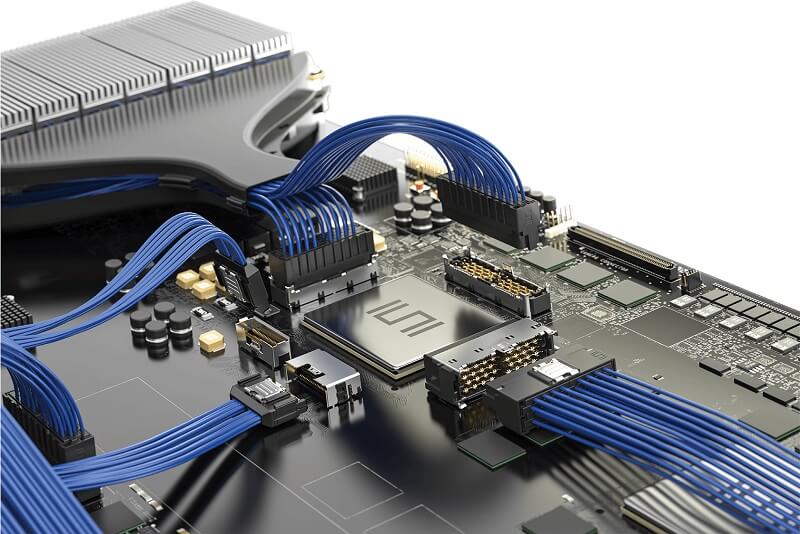
My first computer put out a crazy 33 MHz of processing power from the 486 CPU. That was on “Turbo Mode” of course, and when it was turned off we were left with 16 MHz. Insert frowny face.
Maybe you are too young to remember a turbo button, but if you aren’t you can probably remember there was rarely a time you would turn it off. In the times that you did it was because of software requirements, and you probably felt as though you had lost something. At least I did.
Fast forward to today, and the CPU no longer reigns supreme, and processing can be performed by multiple other types of hardware. The CPU, GPU, FPGA, and ASIC all have a purpose, so let’s check them out.
What is a CPU?
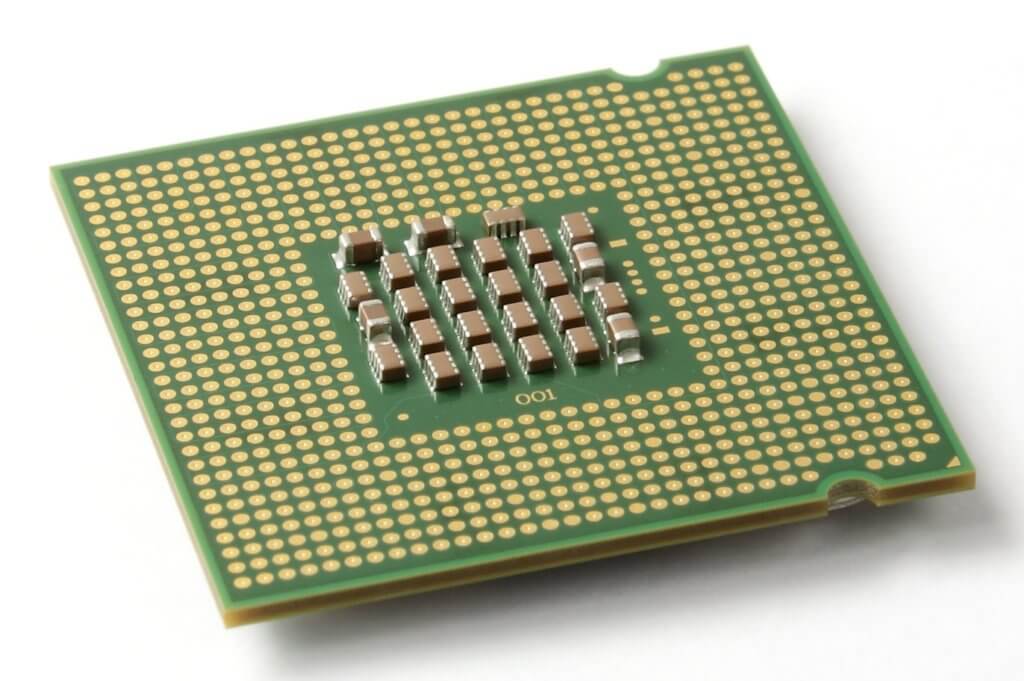
The central processing unit (CPU) is the main chip in your computer, phone, tv, etc., that is responsible for distributing instructions throughout the components on the motherboard.
The CPU is considered to be the “brain” of the computer and is the most versatile of the chips we are covering. However, this versatility does come at a cost, and because it is meant to be the “jack of all trades” it will consume more power and be slower at some functions over the more specialized chips.
What is a GPU?
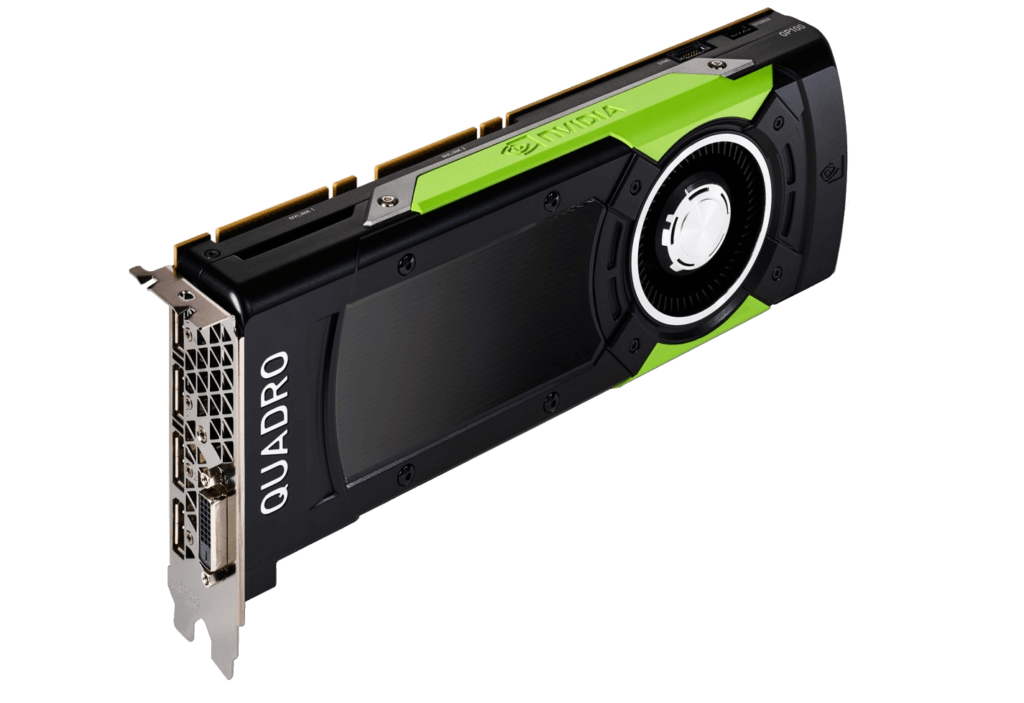
The graphics processing unit (GPU), i.e. graphics card, while similar to the CPU in that it is a silicon chip on a board, has a very different purpose and function.
The GPU is typically looked at to simply process graphics and output them to a screen. However, in recent years due to their parallel processing and high throughput capabilities they have been incorporated into many other functions.
To break that down a little further, the GPU will divide complex problems into millions of separate tasks to solve them at the same time. Because of its architecture, it cannot replace the CPU, but it can work along side it.
When cryptocurrency mining gained popularity, the GPU was used as a means of solving the complex mathematical algorithms used. More recently, GPUs are leading the charge in AI, computer vision, and super computing.
What is an FPGA?
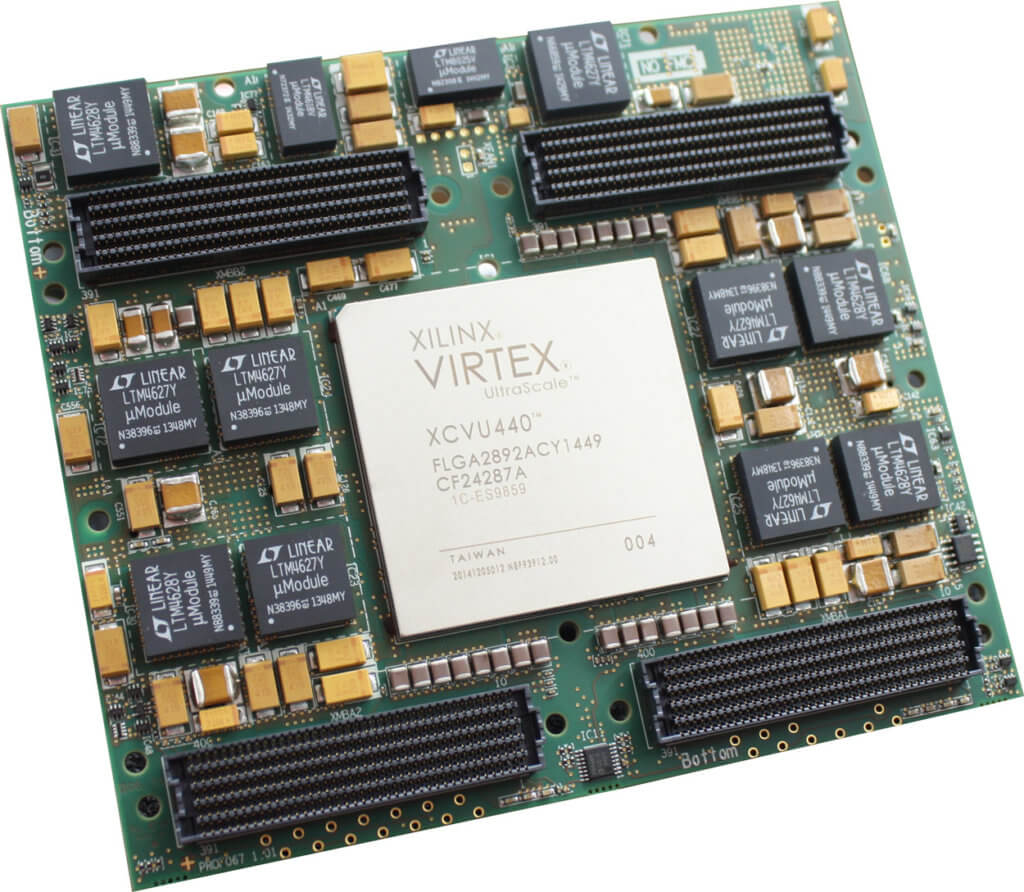
The Field Programmable Gate Array (FPGA) is also a silicon based semiconductor, but it is based on a matrix of configurable logic blocks (CLB) that are connected by programmable interconnects.
This means that the FPGA can be programmed and then reprogrammed to a desired application or function.
The programming of the FPGA actually defines the hardware function of the device. When the function needs to change, the FPGA can be simply reprogrammed.
Because the FPGA is programmed / customized to the exact specifications of an algorithm, it can be faster and consume less power than processors with higher clock speeds. However, any time the function needs to change it must be reprogrammed.
What is an ASIC?
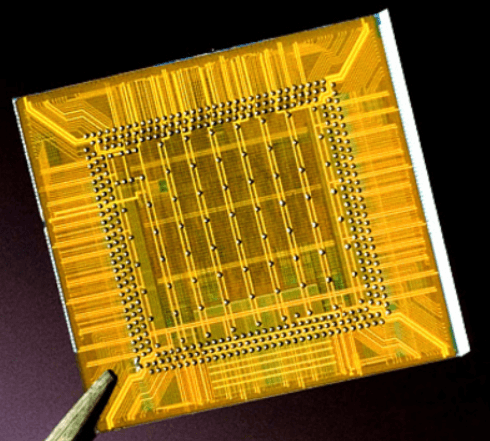
The Application-Specific Integrated Circuit (ASIC) is a silicon chip designed for one specific logic function.
Unlike many of the other chips we have discussed here, the ASIC can only perform the task it was built to perform. It cannot be changed.
Because of this, ASICs are typically used in a product that will have large production numbers, and is not used for debugging a system.
The ASIC enables a significant amount of circuitry to be incorporated onto a single chip. This keeps the cost lower, on bulk runs, over using other technology.
The ASIC will also consume less power for the computing capability when compared to the aforementioned chips, and have a much smaller size. An ASIC will also be cheaper to assemble and more reliable (because there are fewer parts).
What Products does Samtec Offer?
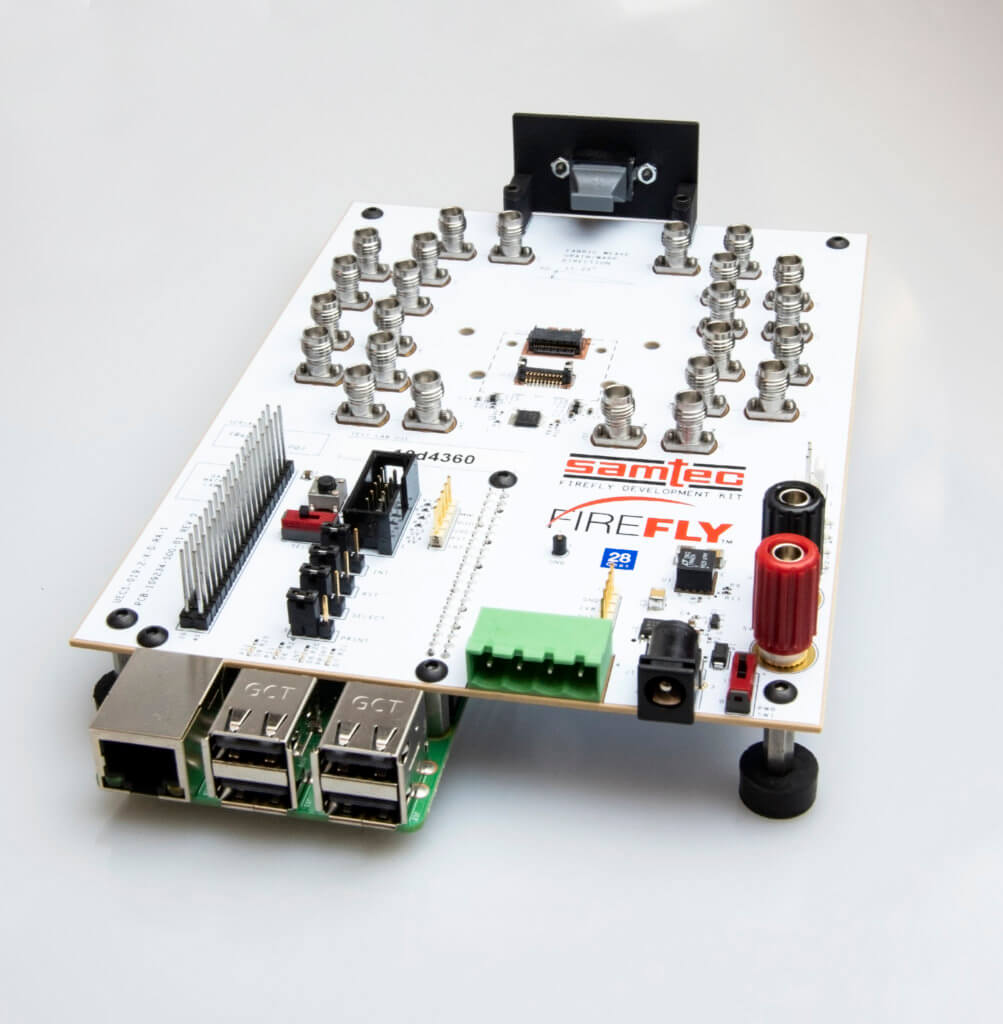
If you are in the FPGA development world, Samtec has a number of FPGA development kits for assisting FPGA developers and system-level architects with prototyping and evaluation.
Among these offerings are the 28 Gbps FireFlyTM Evaluation Kit, FMC+ HSPC/HSPCe Loopback Card, and VCU118 FMC+ HSPC Loopback Card.
Samtec’s Flyover® systems can also be used for 112 Gbps PAM4 routing for ASIC development. This was covered in a recent blog where a collaboration between Samtec and Alphawave was used to generate 31-bit, PRBS data at 112 Gbps PAM4 over 12″ of 34 AWG cable.

If you are past the point of development, Samtec has many cable offerings to work within your system.
Recently, we covered the Si-FlyTM 112 Gbps PAM4 low-profile high-density cable system that allows for on-package direct connection to the silicon package.
So, to answer the question at the beginning; is the CPU, GPU, FPGA, or ASIC better? The answer is, it depends. All of these chips have advantages and disadvantages, and the application will depend on which you should choose.
For more information concerning Samtec’s offerings and capabilities in this area, then please email [email protected].
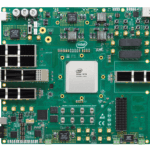

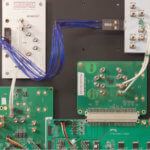

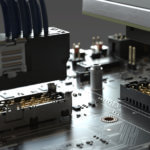
Leave a Reply